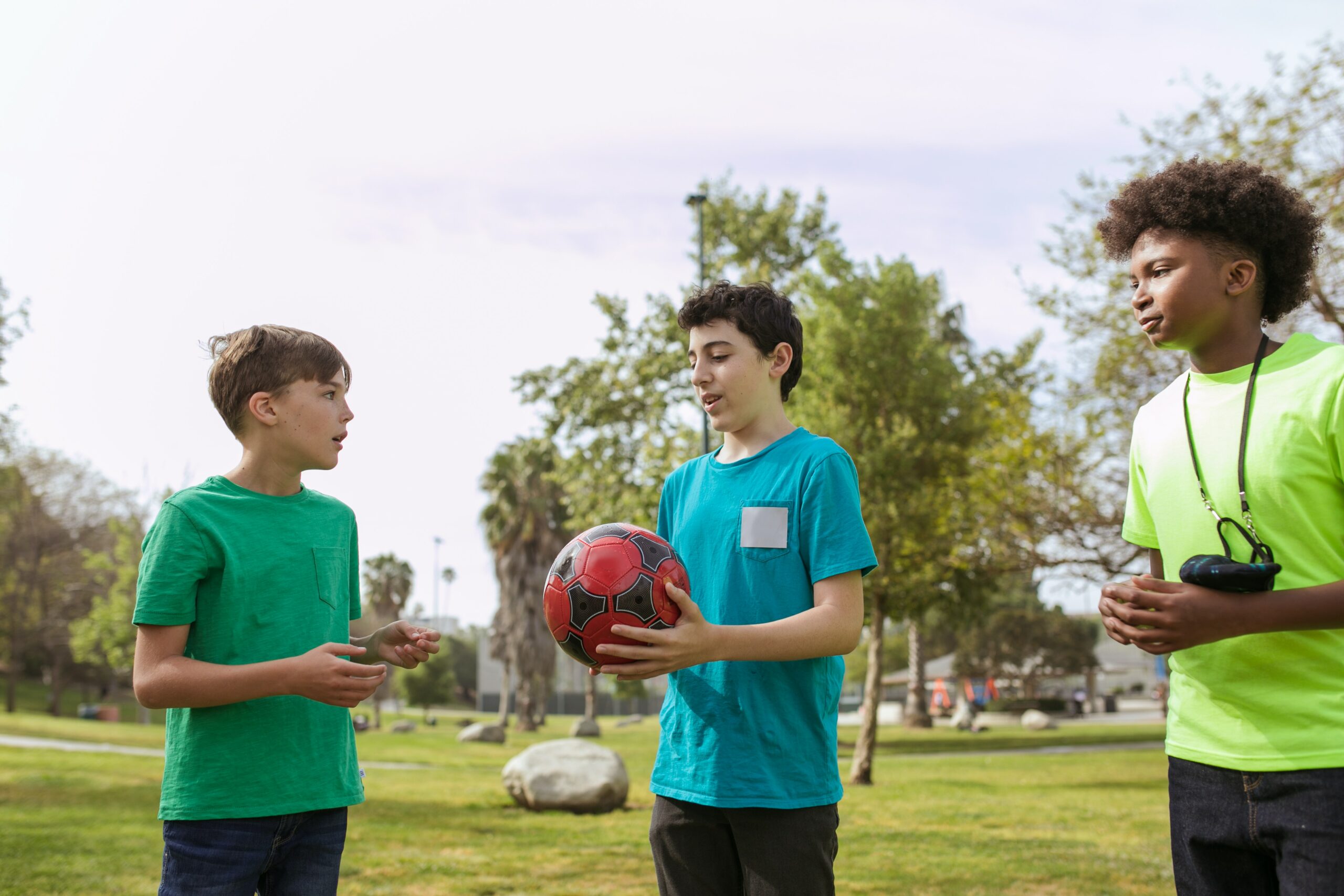Cardiac arrest is the sudden loss of heart function, breathing, and consciousness, resulting in a wide range of symptoms. Unless first aid action is taken within minutes, the condition will soon be fatal.
What Causes Cardiac Arrest?
Cardiac arrest is a serious medical event that occurs when the heart stops pumping blood throughout the body. There is an occurrence of rapid impulses that abruptly override the normal ones initiating the heartbeat.
Once the heart stops beating, there is no other way to deliver the oxygen-rich blood to the rest of the body.
The most common cause of cardiac arrest in Australians is ventricular fibrillation (VF). There is an erratic activity within the heart during VF, causing it to quiver or fibrillate instead of its normal function.
There are several causes of VF and all of which are heart-related problems. These include coronary heart disease, heart attack, heart failure, and other rhythm dysfunctions like long QT syndrome.
It can also be triggered by certain events relating to heart disease, including suffocation or choking, drowning, electrocution, excessive loss of blood, allergic reaction, and drug overdose.
Recognising Signs Of Cardiac Arrest
The initial symptoms of cardiac arrest are often warning signs.
Expect a loss of consciousness from the victim due to a lack of blood flow in the brain. The person may also experience slow or no heartbeat and no signs of a pulse.
Some symptoms can be immediate and drastic, but there are instances where the signs will occur before the sudden cardiac arrest. These include:
- Fatigue or weakness
- Shortness of breath
- Dizziness or lightheadedness
- Heart palpitations
- Chest pain
For symptoms that last for long periods or are often re-occurring, seek prompt medical care.
How You Can Help Save A Life
Most cardiac arrest incidents happen at home, but three out of ten cases happen to occur in public settings. Only a small percentage that occurs outside the hospital survive, so it is important for bystanders to act quickly.
If someone is suspected of cardiac arrest, take the following steps:
Check For Signs Of Life
Tap, shake and call to the victim in an attempt to get a response. If there are no signs of life, call emergency services.
Call EMS
If there are other bystanders in the area, ask them to call triple zero (000) for emergency assistance.
Begin Hands-only CPR
In performing hands-only CPR or chest compressions, interlock the fingers and push hard and fast in the centre of the victim’s chest. Try to achieve the rate of 100-120 beats per minute by following the beat of the popular Bee Gee’s song ‘Staying Alive.’
Find An AED
Ask other bystanders in the area to look for an AED (Automated External Defibrillator) while performing hands-only CPR. AEDs are medical devices that can analyse heart rhythm and deliver an electric shock if necessary.
AEDs are mostly available in many public locations, usually in a wall-mounted metal cabinet.
Wait For Emergency Help To Arrive
Performing continuous hands-only CPR is physically exhausting. If other trained bystanders are nearby, ask them to help and take turns every two to three minutes.
The most important thing is to keep the chest compressions going until emergency help arrives.
Chances Of Survival
The chances of surviving cardiac arrest will most depend on how quickly CPR is applied, and whether the victim receives defibrillation.
The good news is that CPR compressions and defibrillators can be lifesaving for many. In fact, the electric shock from defibrillations is found to effectively stop dangerously fast heart rhythms by 95% or more.
Get Trained
Every minute counts in the event of cardiac arrest. Doing nothing will rapidly decrease the person’s chance of survival; hence immediate first aid treatment can literally make the difference between life and death.
Whether it is alerting medical services, finding an available AED, or performing hand-only CPR, anyone can have the potential to save lives.
Learn first aid today.








